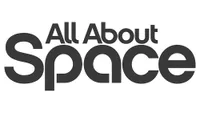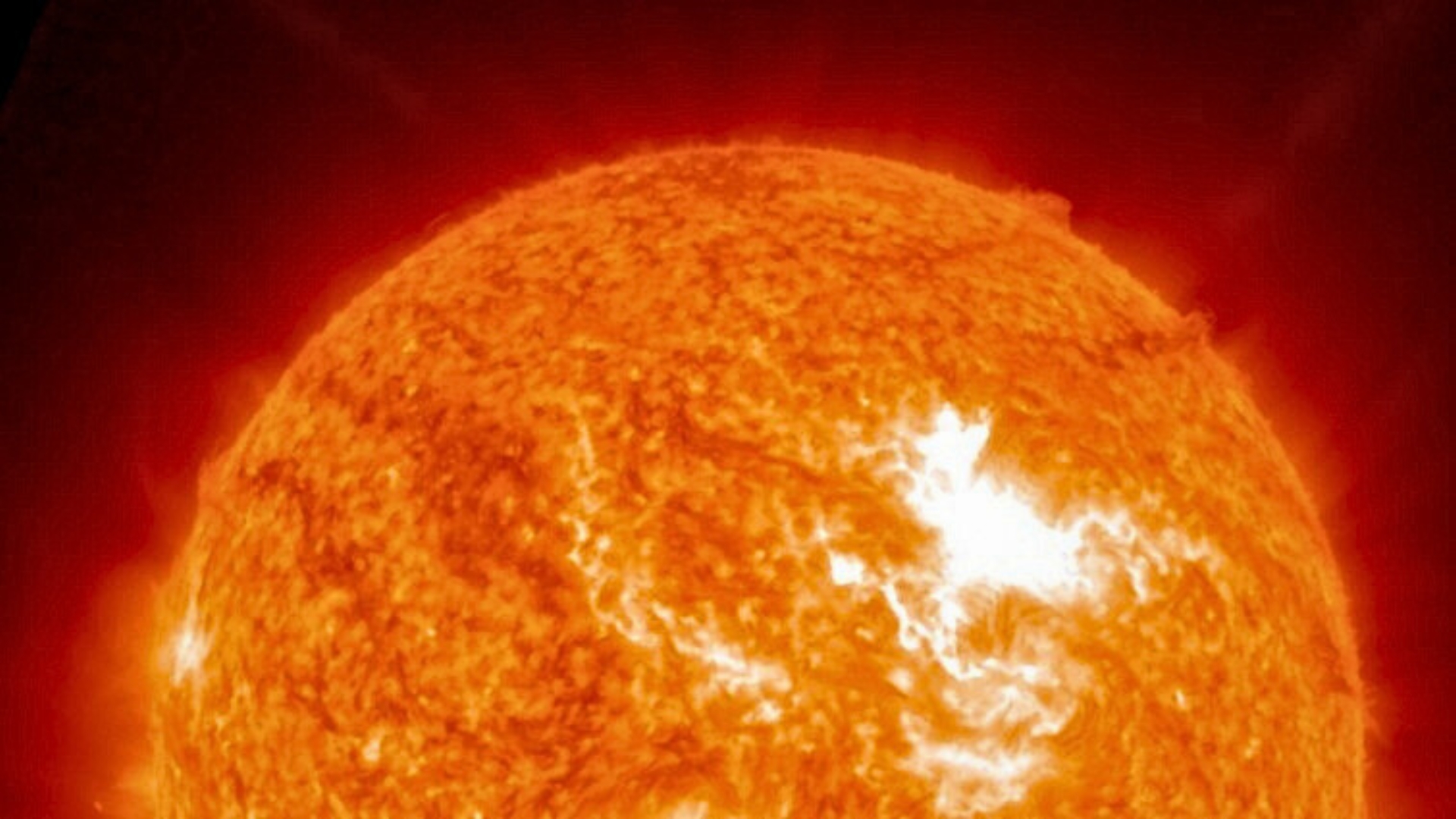NASA picks moon catapults, lasers, electricity and other wild lunar projects for student contest

NASA has awarded nearly $1 million to student teams looking to deploy robots, towers and other technologies alongside moon-roaming astronauts.
The agency's Artemis program plans to return humans to the lunar surface in 2024 supported by a suite of robotic helpers, many of which will be delivered through the Commercial Lunar Payload Services program, which includes several commercial companies.
The students now receiving Artemis funding, however, are focusing on a narrow challenge: creating instruments that will work in permanently shadowed craters on the moon. Such craters are useful areas for human exploration, because their shadows can retain water ice, which could be used to support missions by providing drinking water or rocket fuel.
Related: NASA's Artemis moon program just photobombed a spacewalk (photo)
But these regions are also incredibly hostile. The equipment will need to withstand the cold and be powered in some way that keeps rovers and other machines going in permanent darkness.
NASA selected eight teams to receive between $80,000 and $165,000 apiece to continue developing their projects. In a previous statement, NASA said that once conceptual testing is complete, it may give students a chance to launch their payloads to the moon if the student ideas are deemed viable. Presumably, this would also depend on mission requirements, which strictly limit instruments, based on the goals of a particular flight.
The projects include an Arizona State University proposal to launch spherical sensor-laden probes from a catapult attached to a lunar lander, a Massachusetts Institute of Technology proposal to develop a lightweight tower that can serve as a communications relay and instrument platform, several rover concepts, and a couple of proposals for using lasers to power other equipment.
Breaking space news, the latest updates on rocket launches, skywatching events and more!
"I look forward to seeing the inventive designs come to life, as well as how they can advance our exploration capabilities in permanently shadowed craters on the moon," Drew Hope, game changing development program manager at NASA's Langley Research Center, said in a statement.
- The Orion spacecraft for NASA's 2020 trip around the moon is ready to go (photo)
- Old NASA moon orbiter finds new life for Artemis lunar landing project
- NASA's stunning photo of the moon will make you swoon
Follow Elizabeth Howell on Twitter @howellspace. Follow us on Twitter @Spacedotcom and on Facebook.
OFFER: Save at least 56% with our latest magazine deal!
All About Space magazine takes you on an awe-inspiring journey through our solar system and beyond, from the amazing technology and spacecraft that enables humanity to venture into orbit, to the complexities of space science.

Elizabeth Howell (she/her), Ph.D., was a staff writer in the spaceflight channel between 2022 and 2024 specializing in Canadian space news. She was contributing writer for Space.com for 10 years from 2012 to 2024. Elizabeth's reporting includes multiple exclusives with the White House, leading world coverage about a lost-and-found space tomato on the International Space Station, witnessing five human spaceflight launches on two continents, flying parabolic, working inside a spacesuit, and participating in a simulated Mars mission. Her latest book, "Why Am I Taller?" (ECW Press, 2022) is co-written with astronaut Dave Williams.

